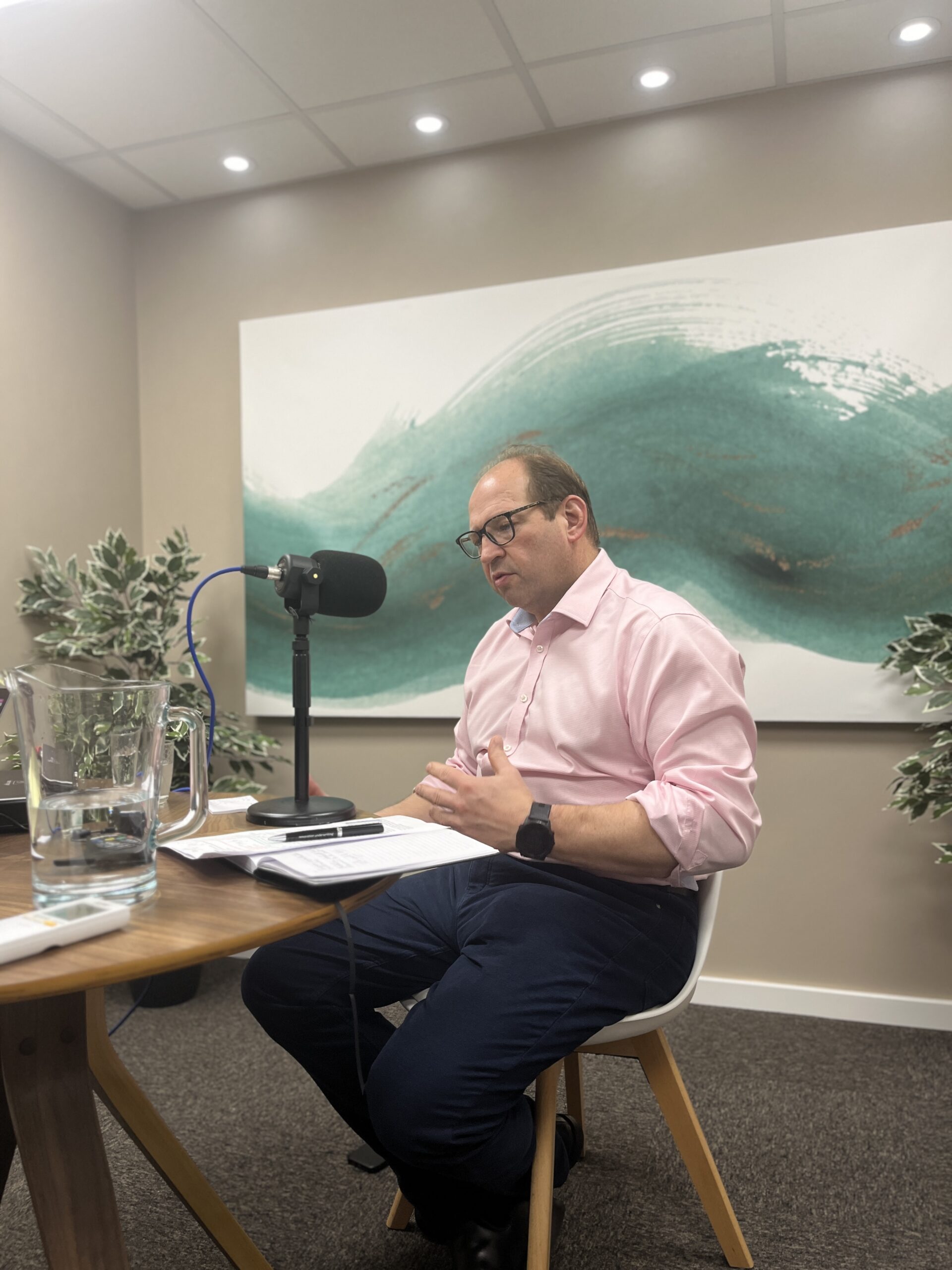
At the core of Renovation Underwriting is the belief that nobody should lose their home because they not adequately insured when undergoing renovations. Renovation Underwriting adopted a creative approach for an MGA by employing Brian Murray, a highly experienced Structural Engineer.
Brian’s expertise has been fundamental in strengthening the service offered by Renovation Underwriting to the broker community. His specialist knowledge is helping us do even more to avoid misunderstandings during the fact-finding process which leads to more complete underwriting and a better result for the policyholder..
To celebrate Brian’s first anniversary of being with Renovation Underwriting, we invited him for a chat to tell us about his work and the value it brings to RU, its brokers and policyholders.
What sort of renovation projects do you primarily get involved with?
I usually get involved in basement construction taking place in residential buildings in and around London. This could be anything from a 5,000 square foot basement up to 50,000 square feet.
From a structural engineering perspective, it is lovely to see boundaries being pushed by architects and homeowners in design. However, it is both interesting and challenging seeing the varied sizes, styles, and design options that homeowners turn their basements into. For example, cinema rooms, gyms, home offices, kitchens, and swimming pools.
Some of the more complex projects have included basements with glass ceilings, so light can illuminate through from the garden into the basement, a two-story basement with a swimming pool, a six-metre-deep basement in the middle of a residential street in London, and even a basement being built in rock.
What does a typical day look like for you?
A typical day at work would be prioritising and reviewing renovation projects. This could include requesting more documents and drawings from the underwriting team or brokers to gain a clearer idea of what is involved in a home renovation. I am currently working on a dozen projects at once. Some are more complex than others, and therefore require more time.
In my spare time I am a keen golfer, avid rugby supporter and love travelling. During lockdown a few years ago, I tried the odd bit of sea swimming and sourdough bread making which I really enjoyed. Playing the guitar is also another passion of mine which I have always wanted to devote more time to. I have restarted lessons numerous times, however something else always crops up!
What impact do you feel your role has made in the last year and can give you some of the examples of renovation projects you have worked on?
The biggest impact I believe I have had, is helping the underwriters understand the risks involved in a renovation better, not only by simplifying and demystifying technical information, but also looking at it from a practical perspective.
Additionally, I developed a risk matrix which is proving extremely useful for the underwriting team, where I review different renovation projects and give them a rating based on structural aspects. Depending on the rating, the underwriter can advise the insurance company to insure or decline the project.
The risk matrix is reviewed regularly. For example, if there is a structural aspect that we have not seen before, it is incorporated into the matrix. This enables us to provide a risk level that is consistent for everyone, rather than just for a particular project.
Some of the main examples of renovation projects I have worked on, which have allowed me to fully utilise my structural engineering experience include:
Two-story basement in the courtyard of a home
This was reviewed by the underwriters as a difficult renovation project because of the very technical details outlined in the ground works. When I investigated the project in more detail it was in fact a quite straightforward process. By explaining this to the underwriter, they were able to understand the complexity of the risk.
High Value basement
This project originally began a few years ago. However, the contractor went into administration during the construction of a homeowner’s basement – and so the client hired a new contractor and a design team to complete the project. I was asked to review the proposal, which proved quite challenging, due to having little understanding of how the original contractor completed the previous works.
I analysed numerous technical reports and identified that the engineer involved in the project, who had visited the site and had carried out investigations, did not have 100% confidence in the viability of the project. This certainly assisted the underwriter in making the decision on whether this scheme was too risky to insure.
Standard basement
Usually, if you are digging down from ground level to the other side of a two-story basement, you generally undertake this in two or three stages. The construction team on this project ideally wanted to do this in one stage. Capitalising on my experience as a Structural Engineer, I advised the underwriter that the construction team could possibly do this, however from a practical point of view I believed this was too risky.
The real benefit that Brian brings to Renovation is not his technical skill, though doubtless its important; it is his experience, hard won over years owning and running an engineering practice.
As Henry Ford once said, “If you take all the experience and judgement of men over 50 out of the world, there wouldn’t be enough left to run it.”
We’re driven to offer the very insurance solutions for contract works challenges. Place a policy request in our portal https://brokerhub.renovationunderwriting.com/home to gain immediate access to our expert underwriters; in the knowledge that our in-house Structural Engineer is on hand to offer guidance to our team if needed. For high value, complex risks that are eligible for our Concierge service, you and your clients may get to interact with Brian directly as part of our support to wider project teams. Ask for more information on the RU Concierge service. Chris.Harris@renovationunderwriting.com



















